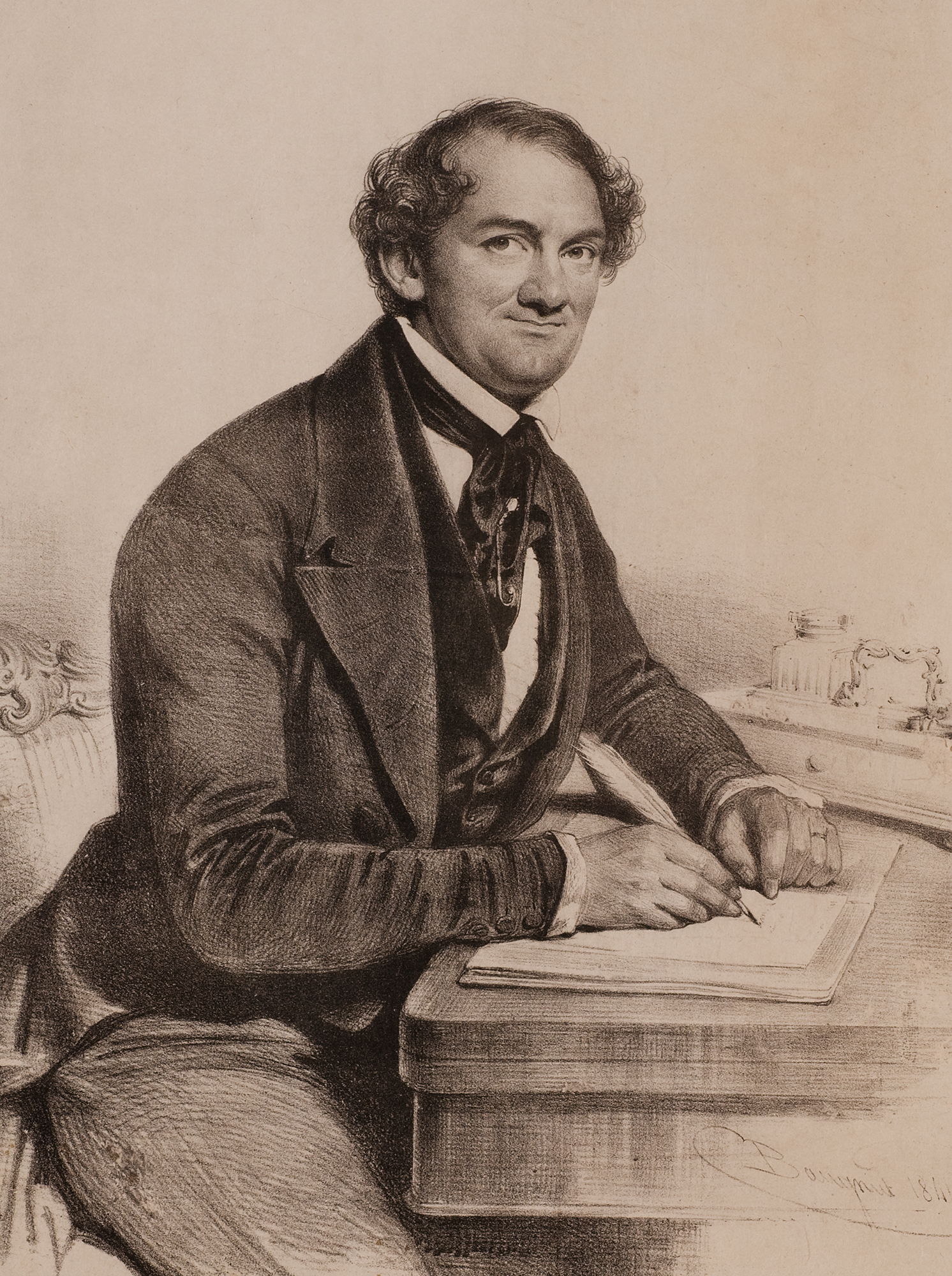
1. P. T. Barnum in London in 1844, when he was touring with Tom Thumb and writing for the New York Atlas. Portrait by Charles Baugniet.

1. P. T. Barnum in London in 1844, when he was touring with Tom Thumb and writing for the New York Atlas. Portrait by Charles Baugniet.
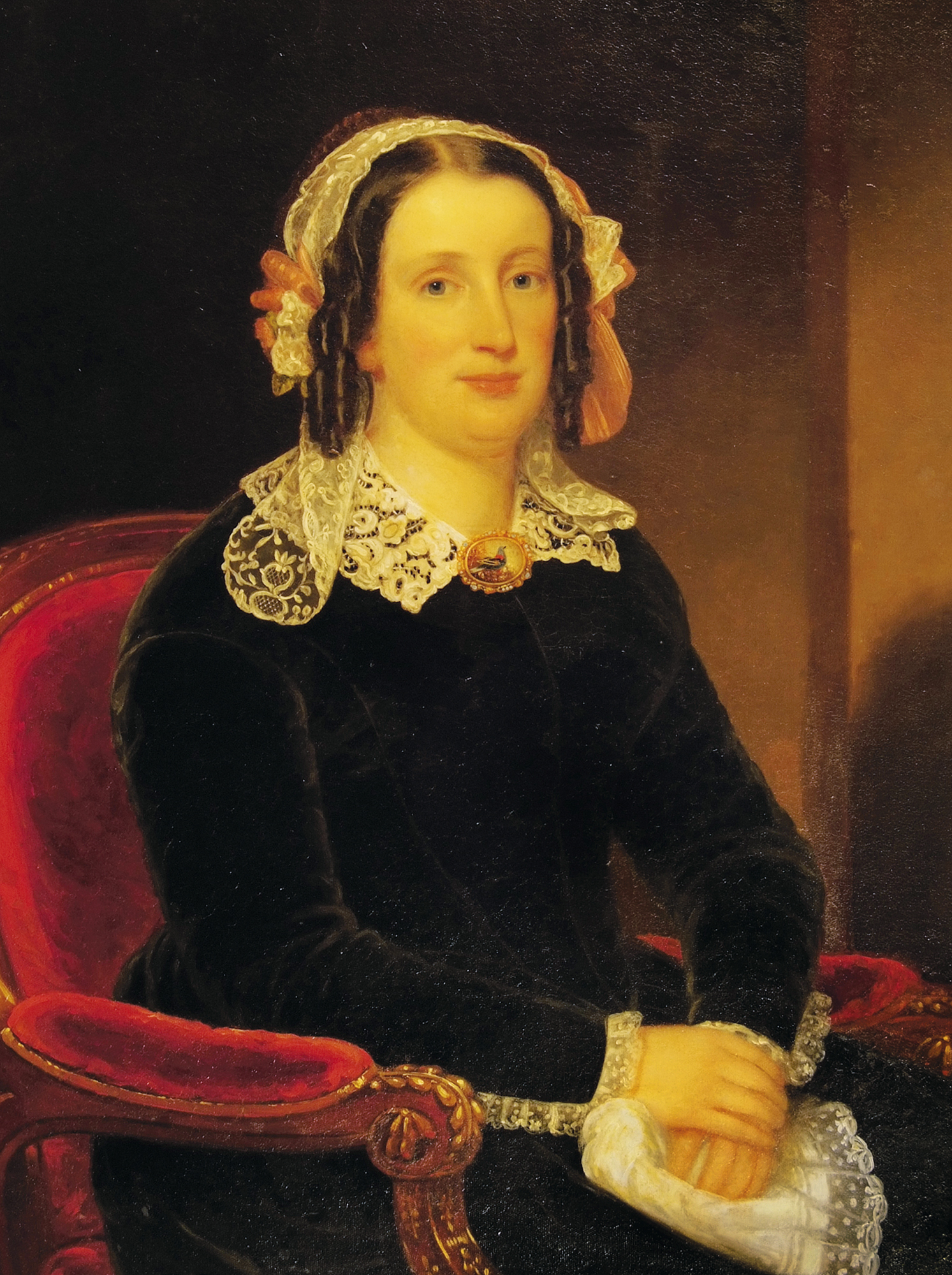
2. Charity Hallett Barnum in an 1847 oil portrait by Frederick R. Spencer. “Without Charity, I am nothing,” Barnum would quip, but his wife often stayed at home during Barnum’s many travels.
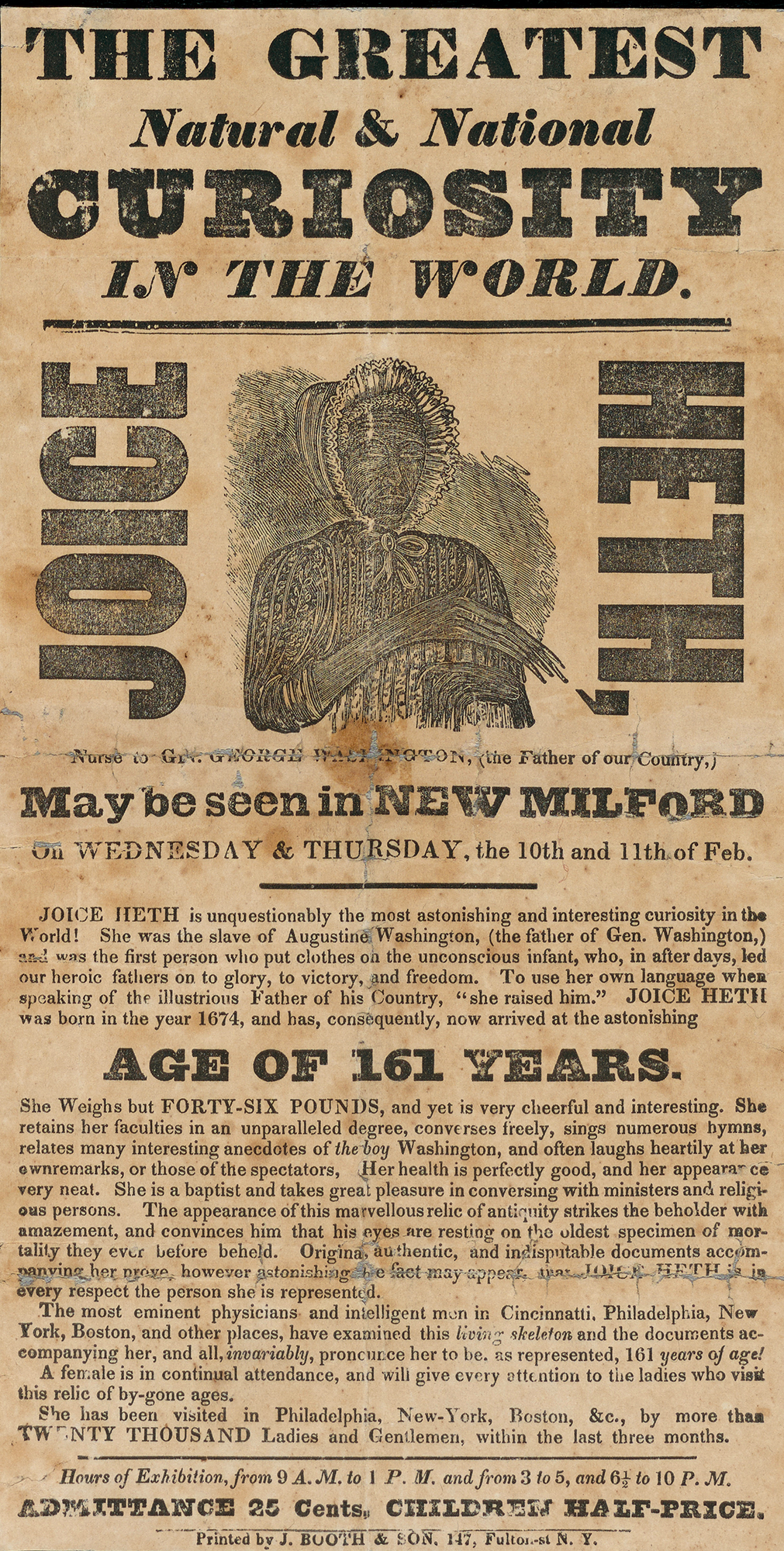
3. This advertisement for an exhibition of Joice Heth in December 1835 claimed she was 161 years old and the former nursemaid of George Washington. The outrageous nature of this humbug would permanently damage Barnum’s reputation.
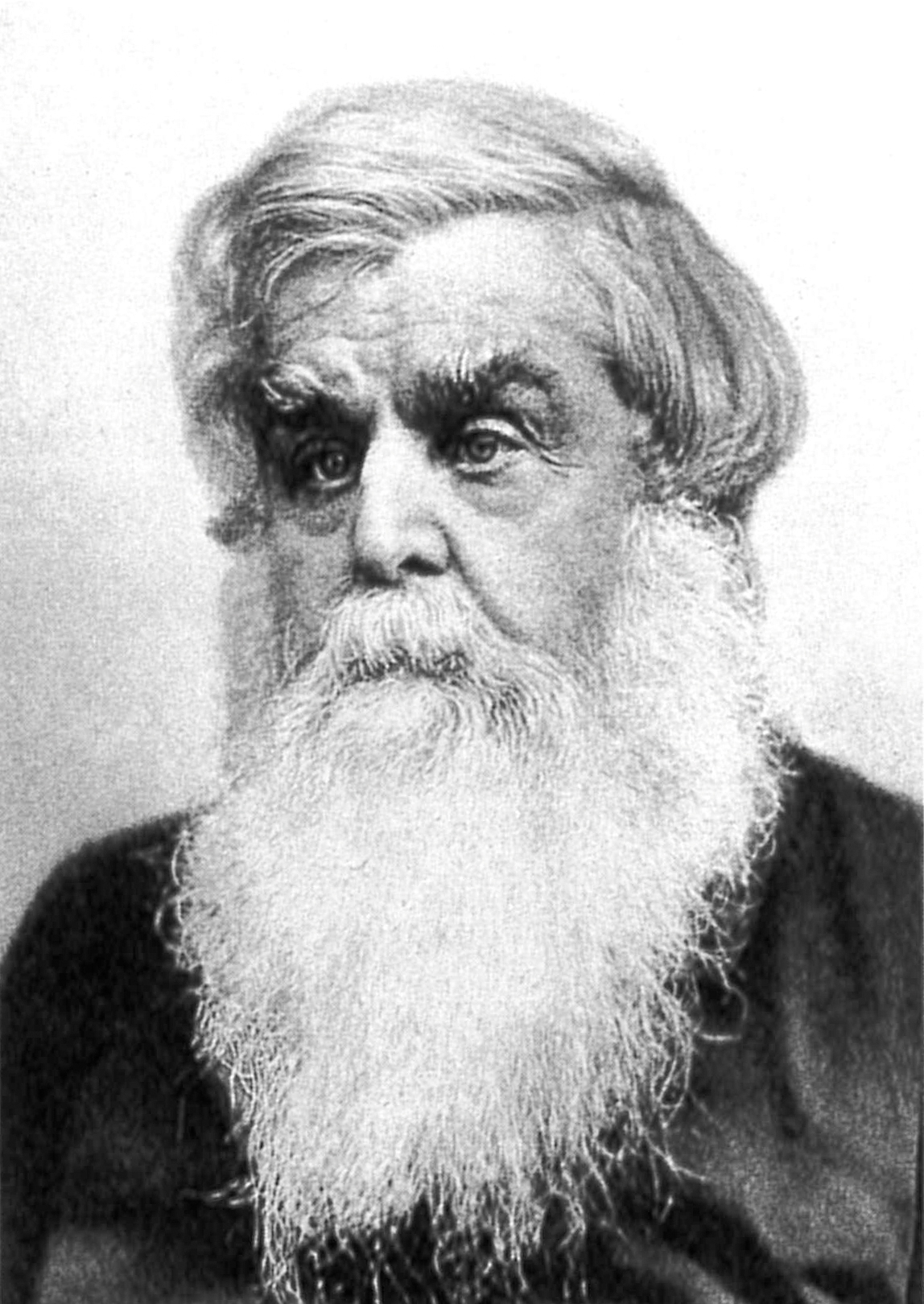
4. Moses Kimball, a museum owner in Boston and Barnum’s frequent collaborator, brought a “mermaid” to Barnum.
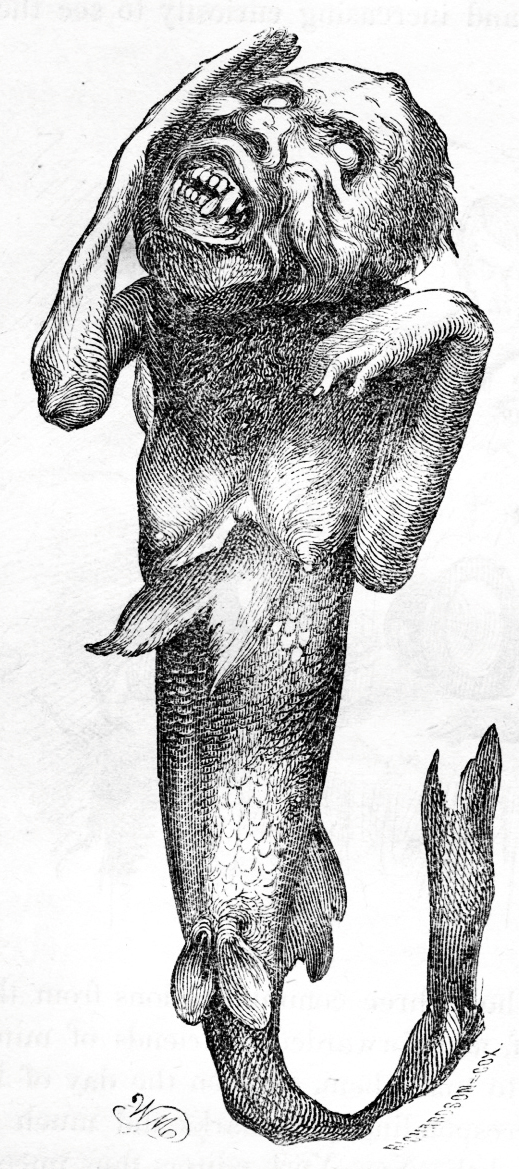
5. What Kimball offered Barnum looked like the upper torso of a monkey joined to a fish. It became another early humbug, which Barnum dubbed the “Fejee Mermaid.” People flocked to see the dried-up specimen when Barnum exhibited it in 1842.
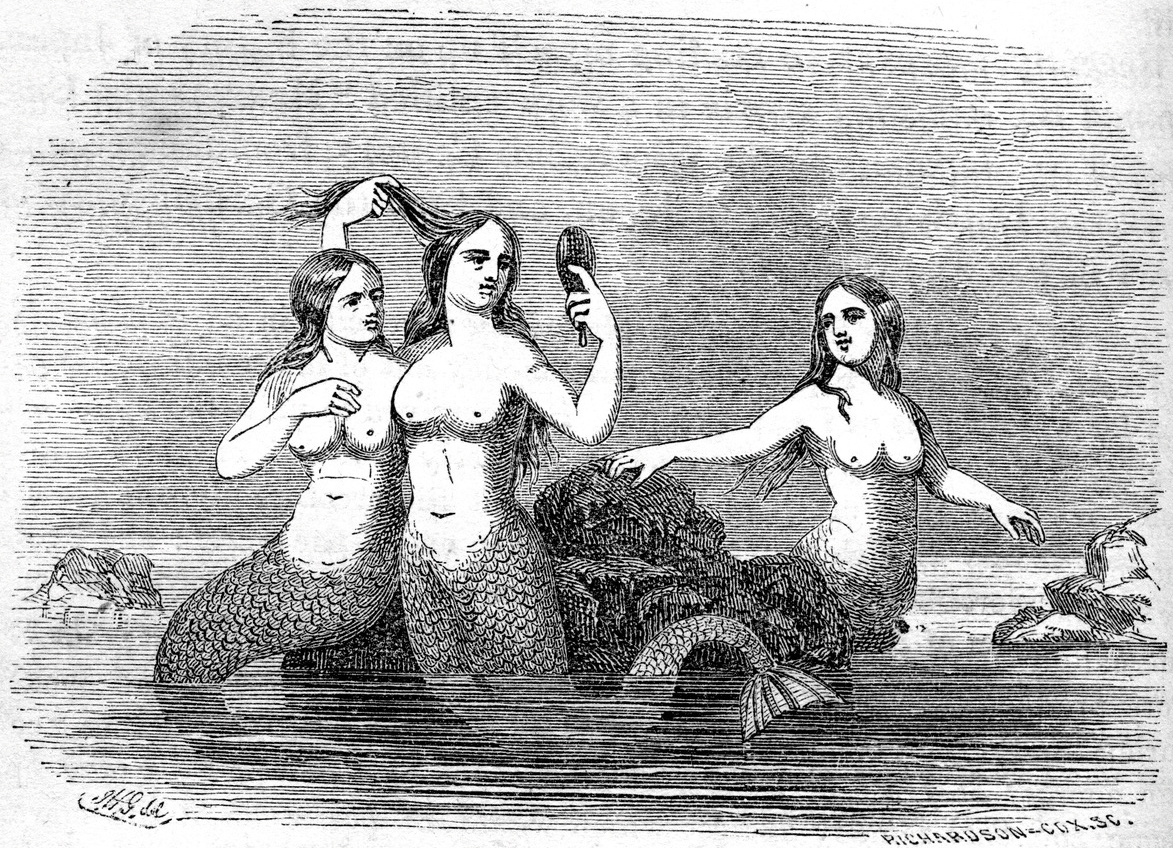
6. A primary reason for the crowds was Barnum’s vigorous advertising, depicting not the Fejee Mermaid itself but idealized images of the mythical creatures.
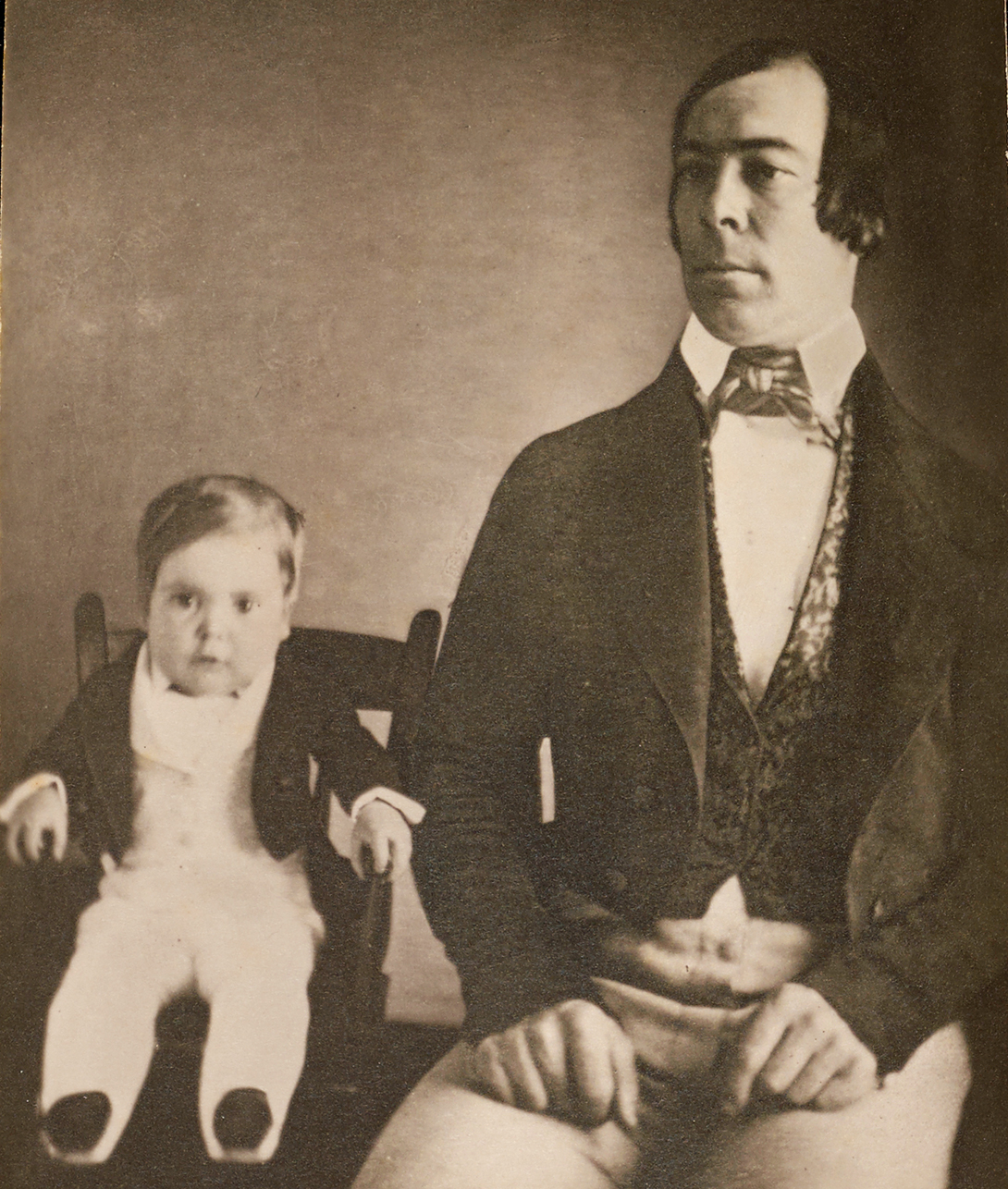
7. Charles Stratton in the early 1840s, at about the time Barnum discovered and transformed him into General Tom Thumb. The man with Charles is his father, Sherwood Stratton.
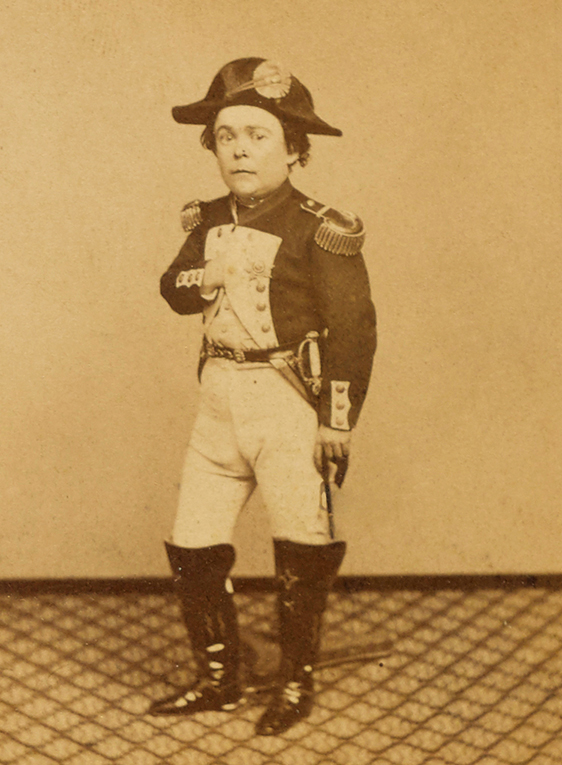
8. This carte de visite from the early 1860s shows Tom Thumb dressed for his most famous impersonation, that of Napoleon Bonaparte. He delighted Queen Victoria in this role, but only performed it for Louis-Philippe, the king of France, when explicitly asked.
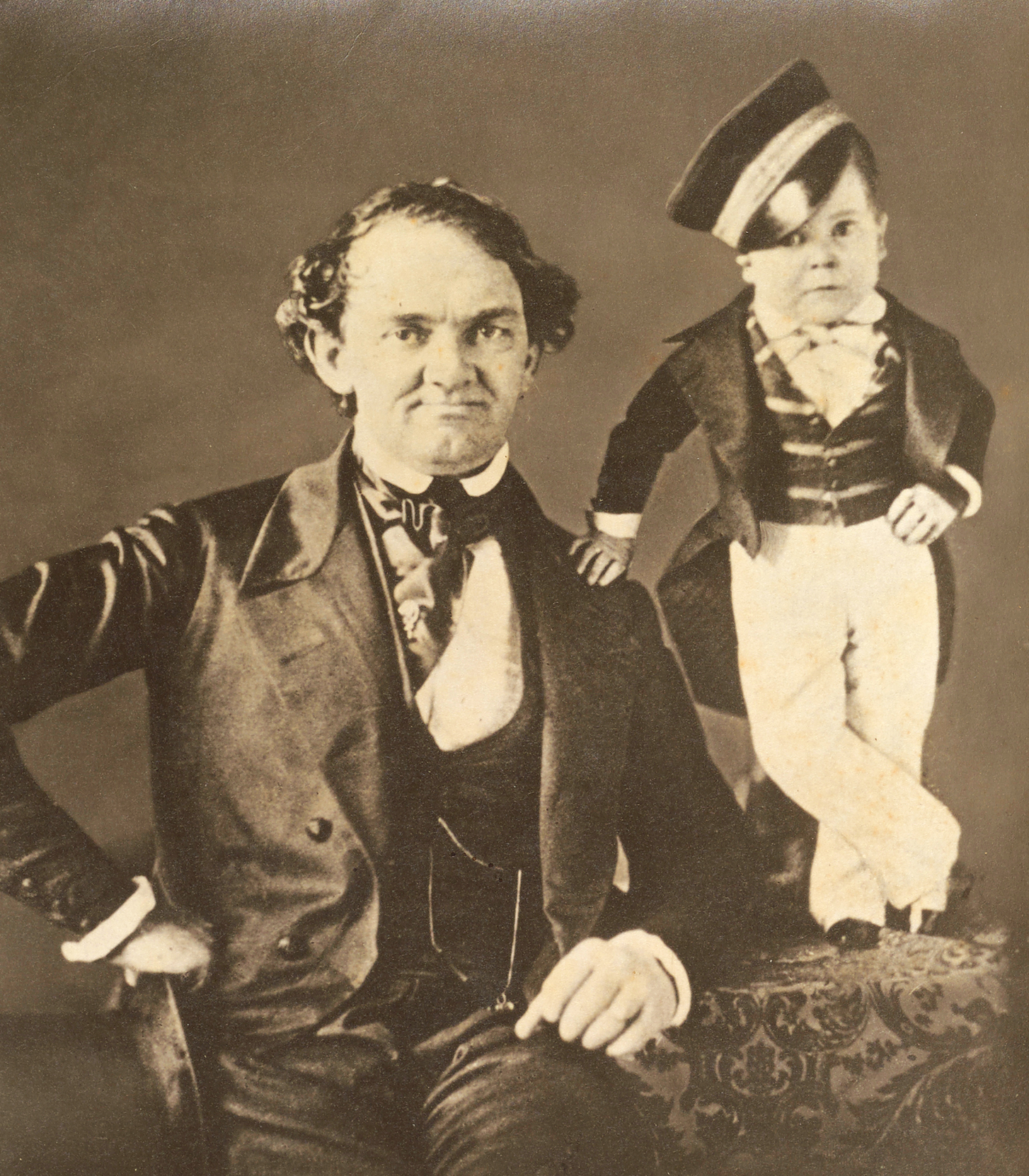
9. A publicity photo probably taken in about 1850 of Barnum and Tom Thumb in one of the many outfits in which he performed while touring in the United States, England, and much of the rest of Europe.

10. Soon after Barnum acquired the American Museum on lower Broadway in 1842, he not only made it his own, but turned it into the premier tourist attraction in New York City.
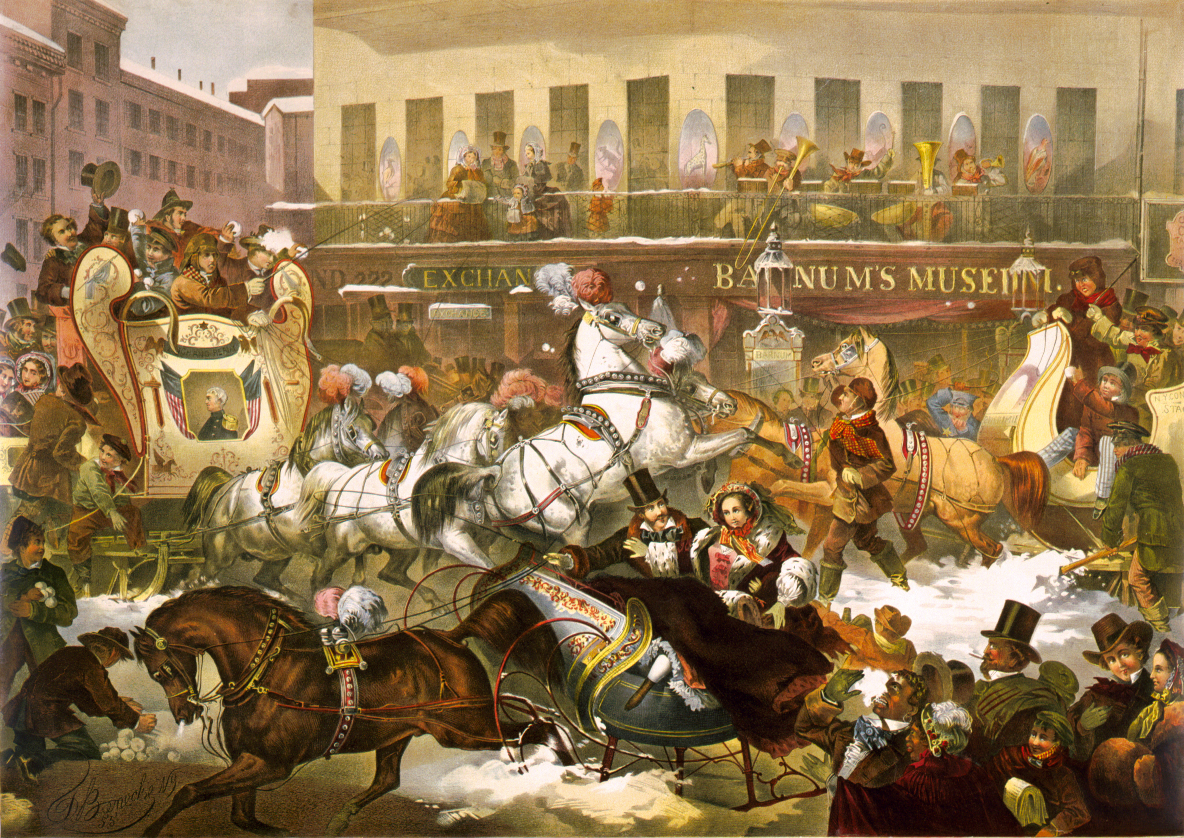
11. This 1855 lithograph, titled “Sleighing in New York,” celebrates the exuberance of life on lower Broadway in those times, with Barnum’s museum very much in the mix.
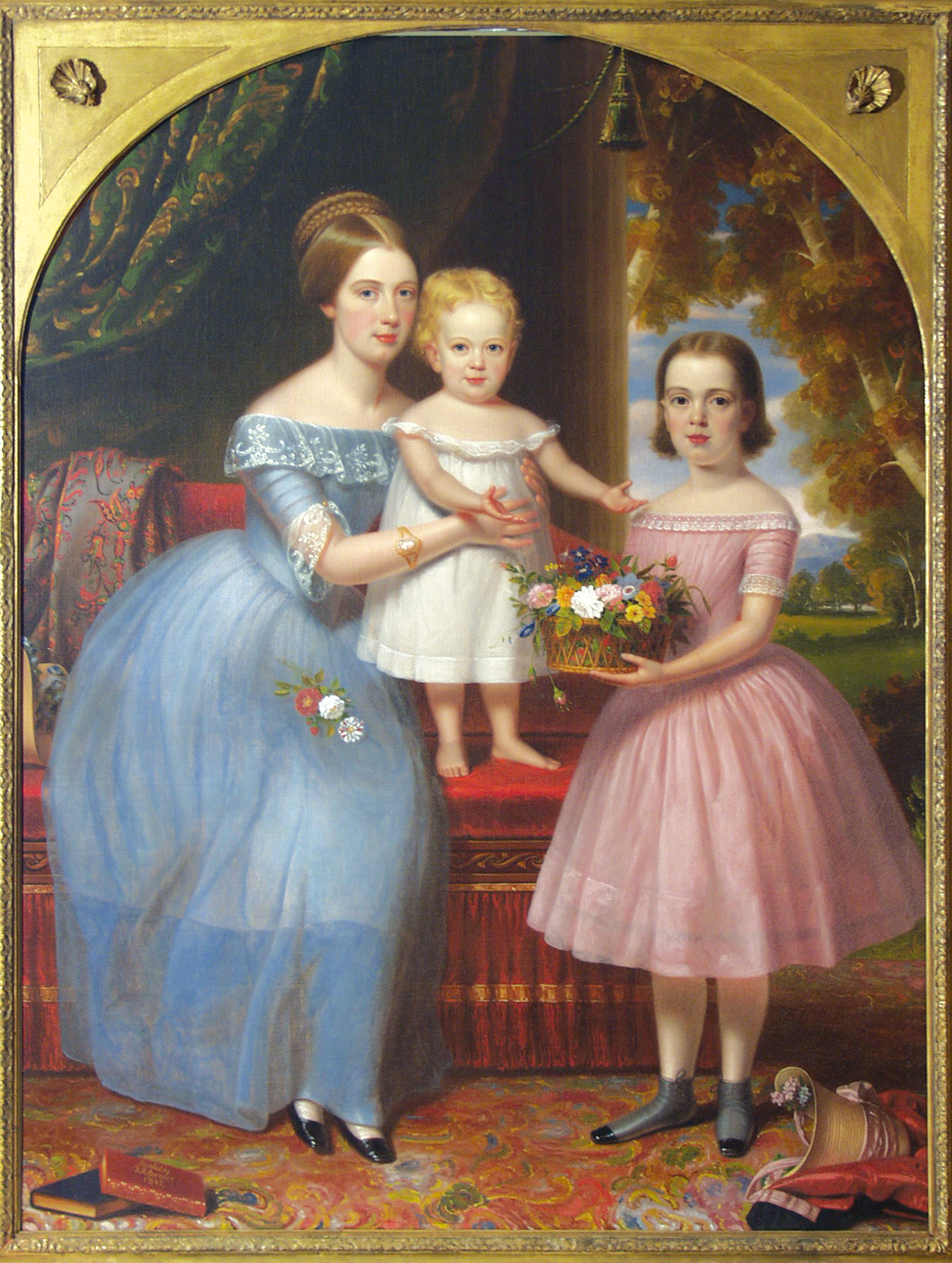
12. Three Barnum daughters, Caroline, Pauline, and Helen, painted by Frederick R. Spencer in 1847. Another daughter, Frances, had died three years earlier.
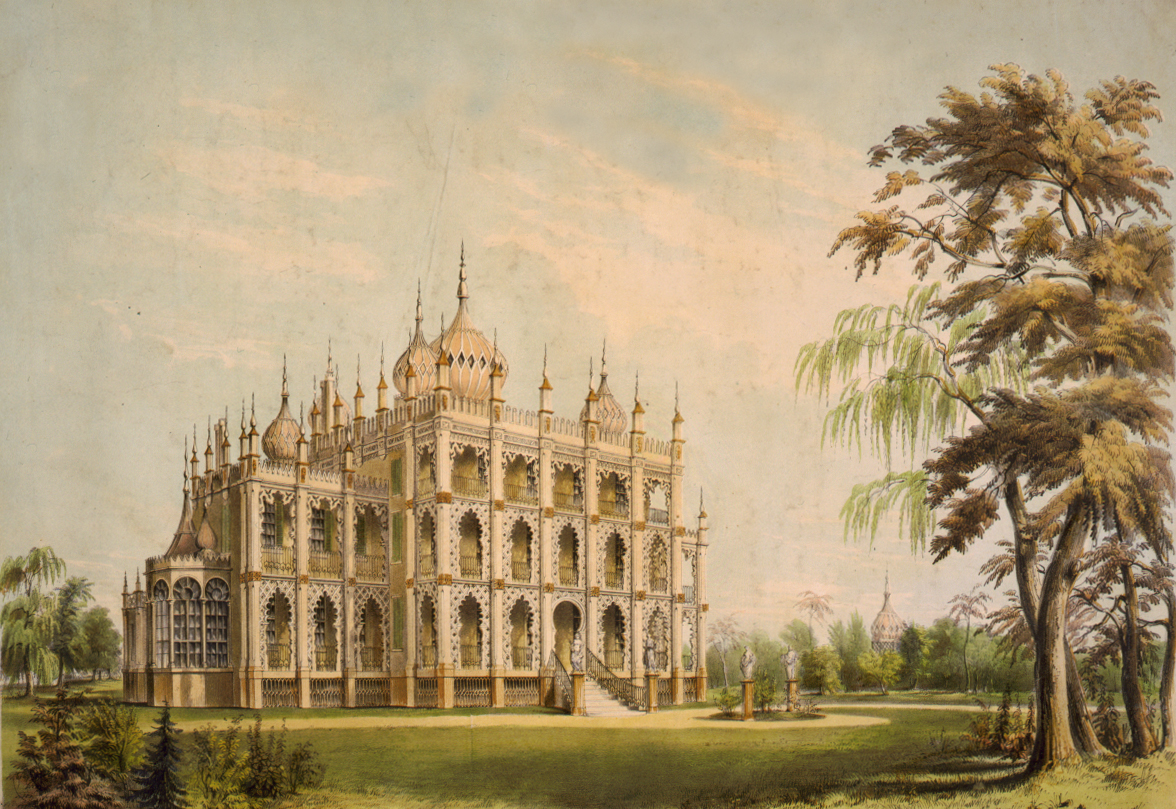
13. Iranistan, the “Oriental villa” Barnum built for his family in Fairfield, Connecticut, was completed in 1848. Modeled on the Royal Pavilion in Brighton, England, it showed off the wealth he had attained while touring overseas.
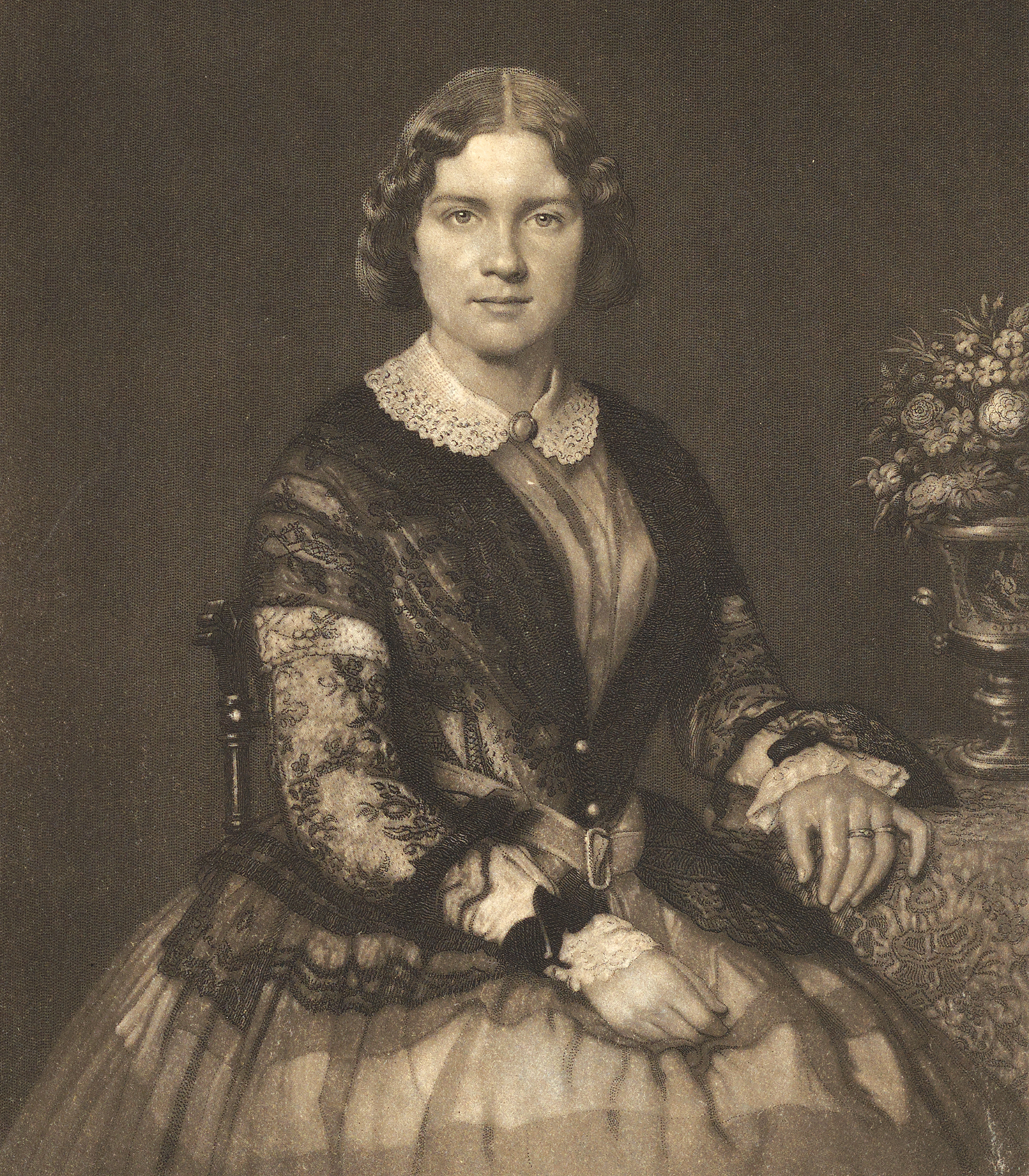
14. The singer Jenny Lind, “the Swedish Nightingale,” was already a sensation in Europe and Britain when Barnum signed her at great expense for an American tour. Barnum promoted Lind not only for her remarkable voice and stage presence, but also for her modesty and morality, traits not always evident in performers of the day.

15. Barnum and his new find, dubbed Commodore Nutt. The two men visited Abraham Lincoln and his cabinet in the White House in October 1862.
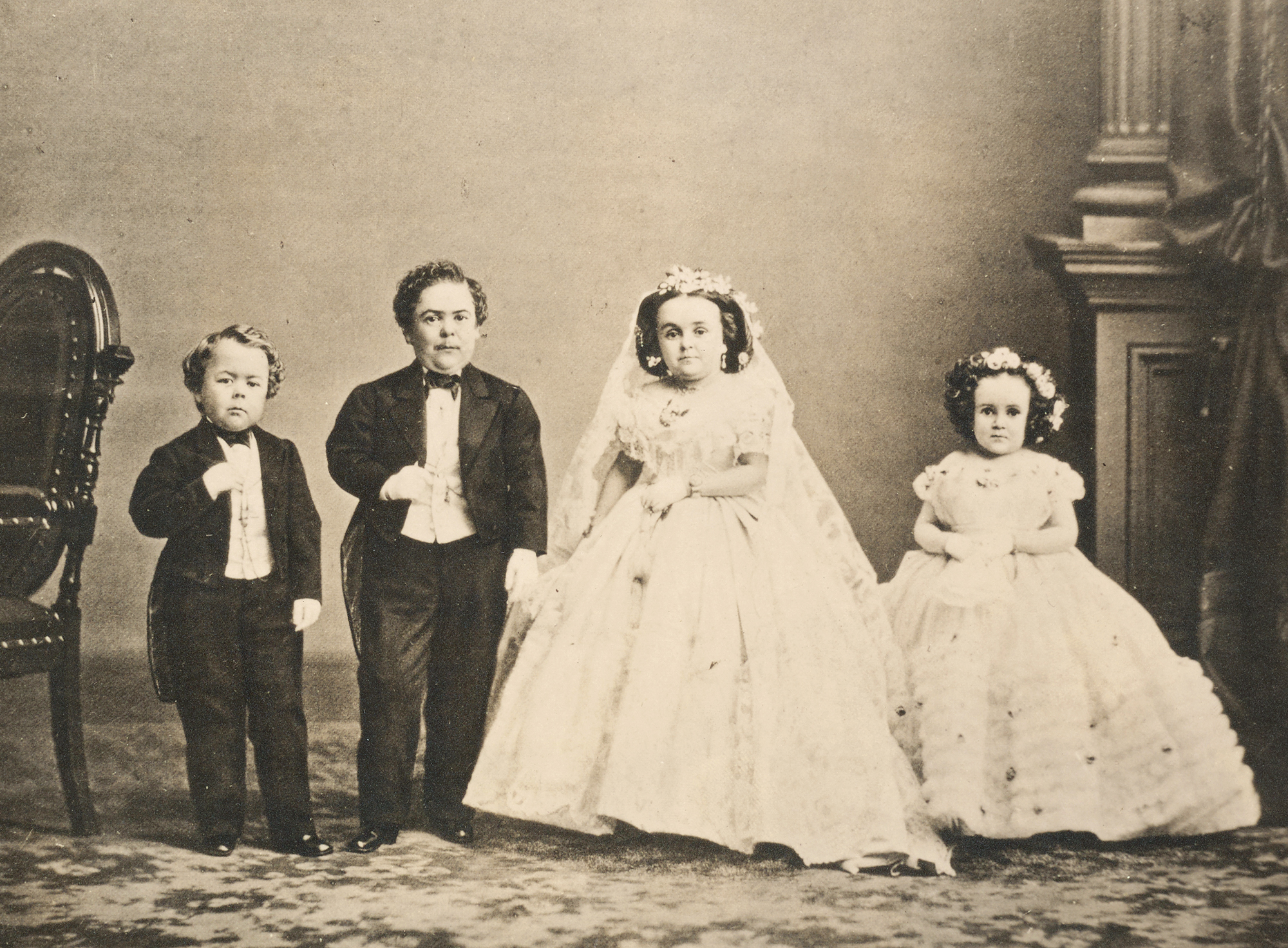
16. The 1863 “fairy wedding” of Tom Thumb and Lavinia Warren distracted the nation from the bloody battles of the Civil War. The two are flanked here by Commodore Nutt and Lavinia’s sister Minnie.
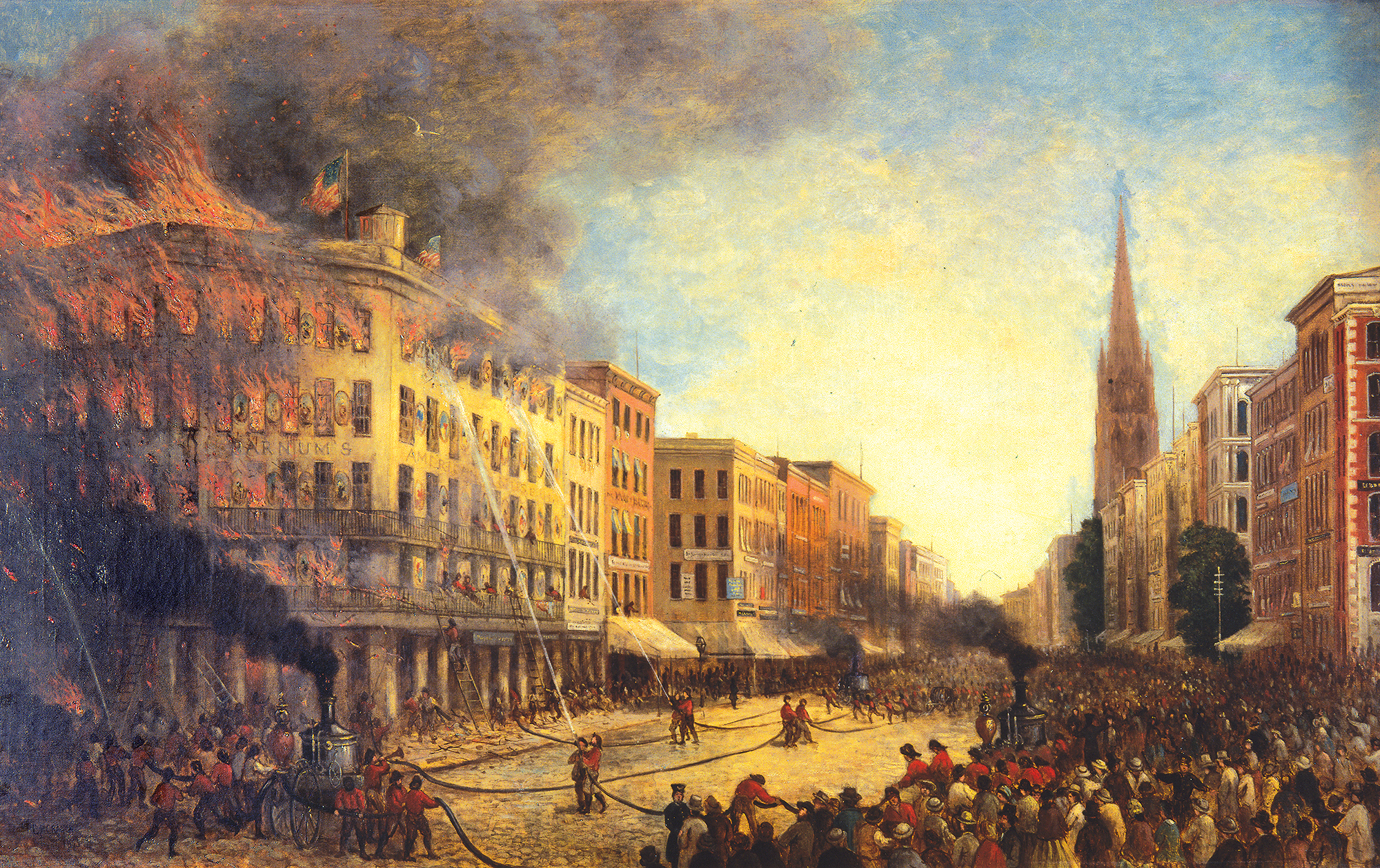
17. Several of Barnum’s properties went up in flames during his long career. An 1865 fire that destroyed the American Museum is depicted here in a painting by Christopher Pearse Cranch.
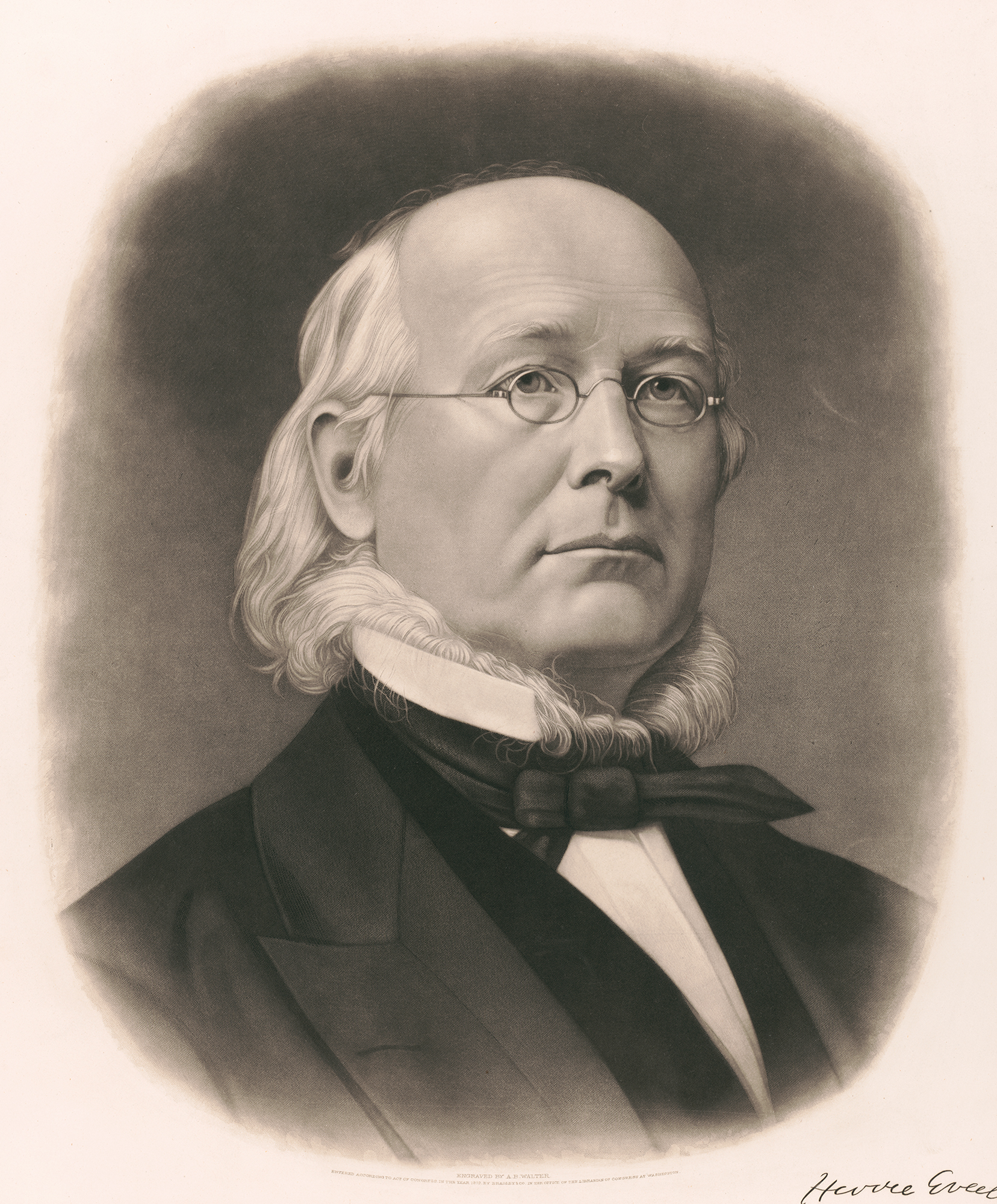
18. After the fire of 1865 Horace Greeley, editor of the New-York Tribune, told Barnum that he should “quit, and go a-fishing.” But Barnum would soon open a new museum farther up Broadway.
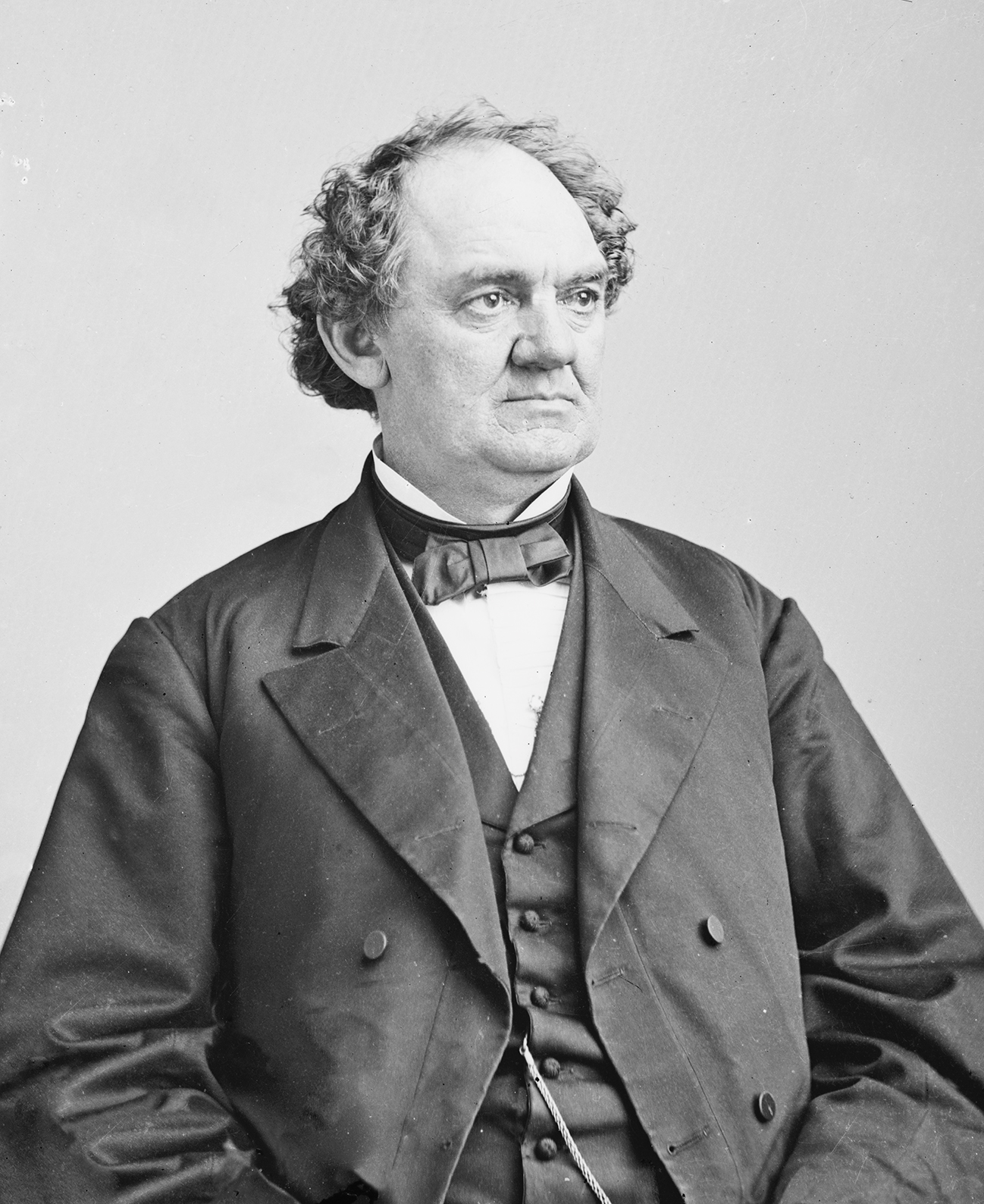
19. Near the end of the Civil War, Barnum ran for the Connecticut legislature as a candidate from Fairfield so that he could vote for the constitutional amendment to abolish slavery. In all, he served four terms in the legislature and one as mayor of Bridgeport.
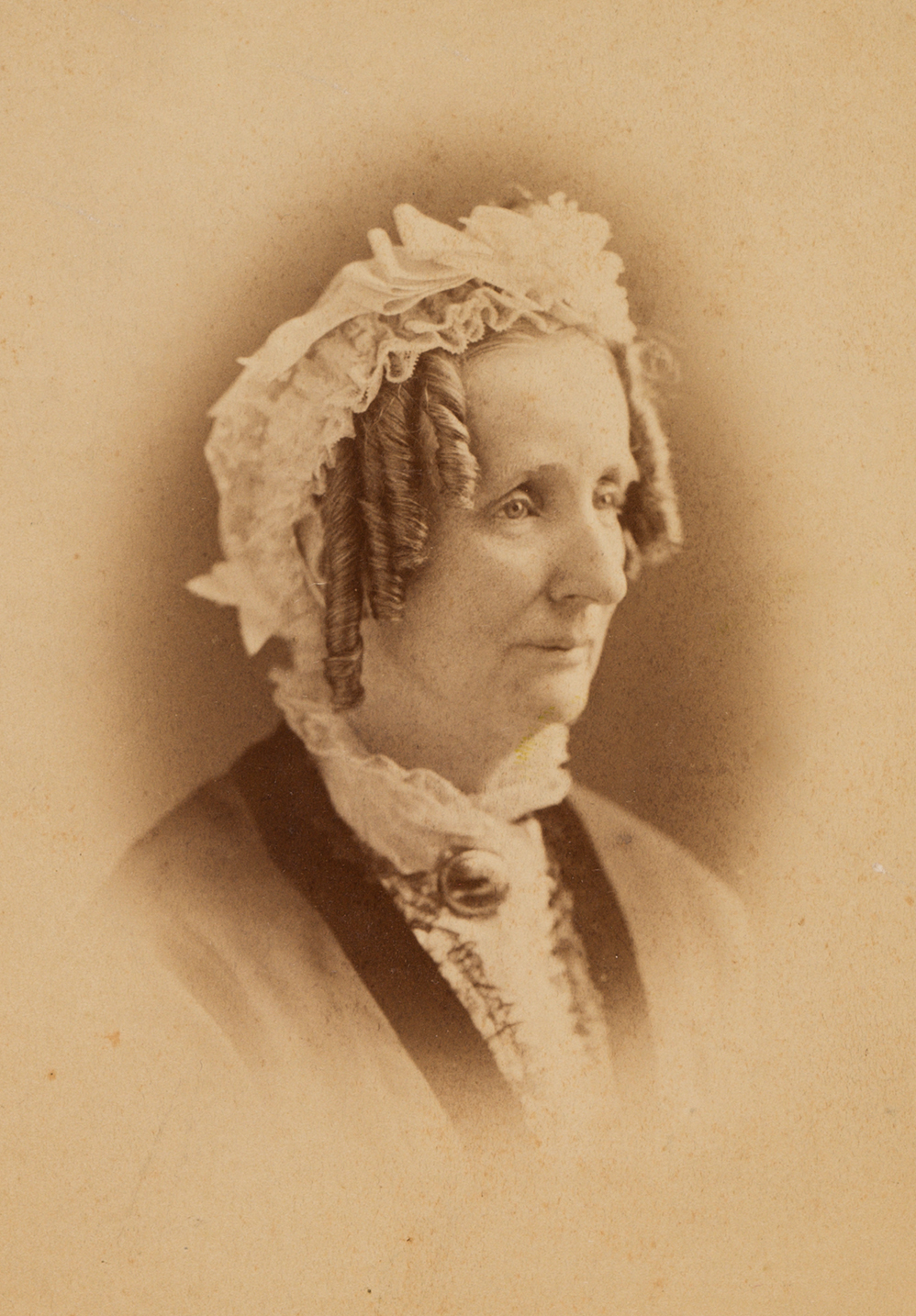
20. In the years after the war, the Barnums bought a town house on Fifth Avenue, where Charity oversaw the arrangements for their many guests and where they enjoyed Central Park and other amenities of city life.
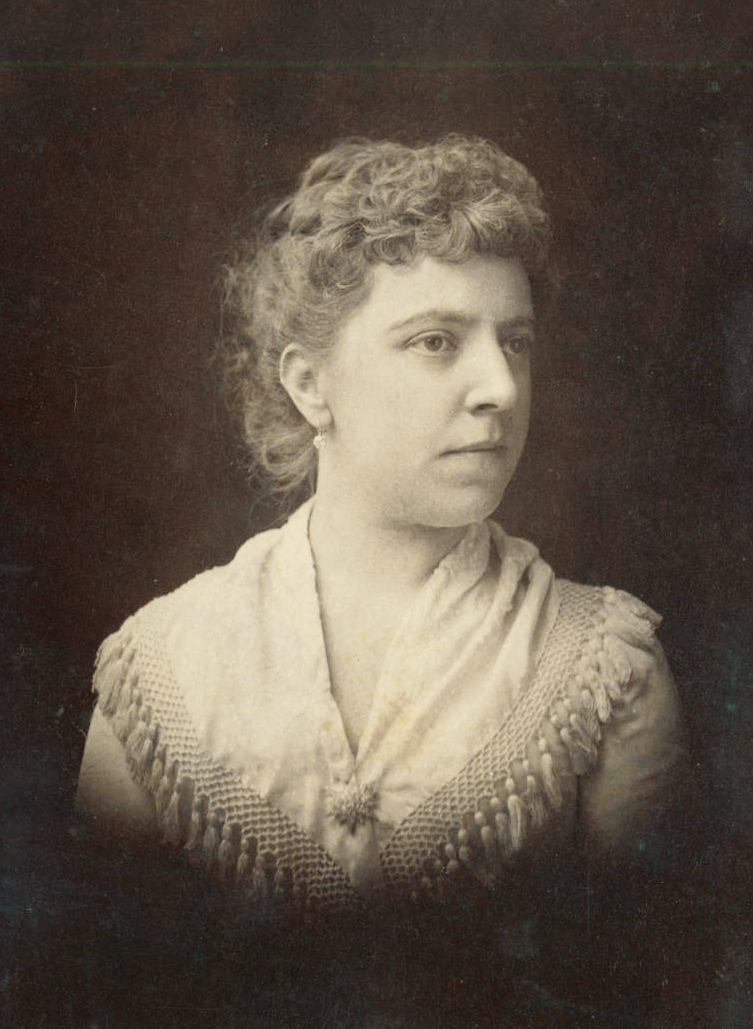
21. But Charity’s health declined over a number of years, and in 1873 she died while Barnum was in England. Within a matter of weeks, Barnum secretly married Nancy Fish, the daughter of an English friend.
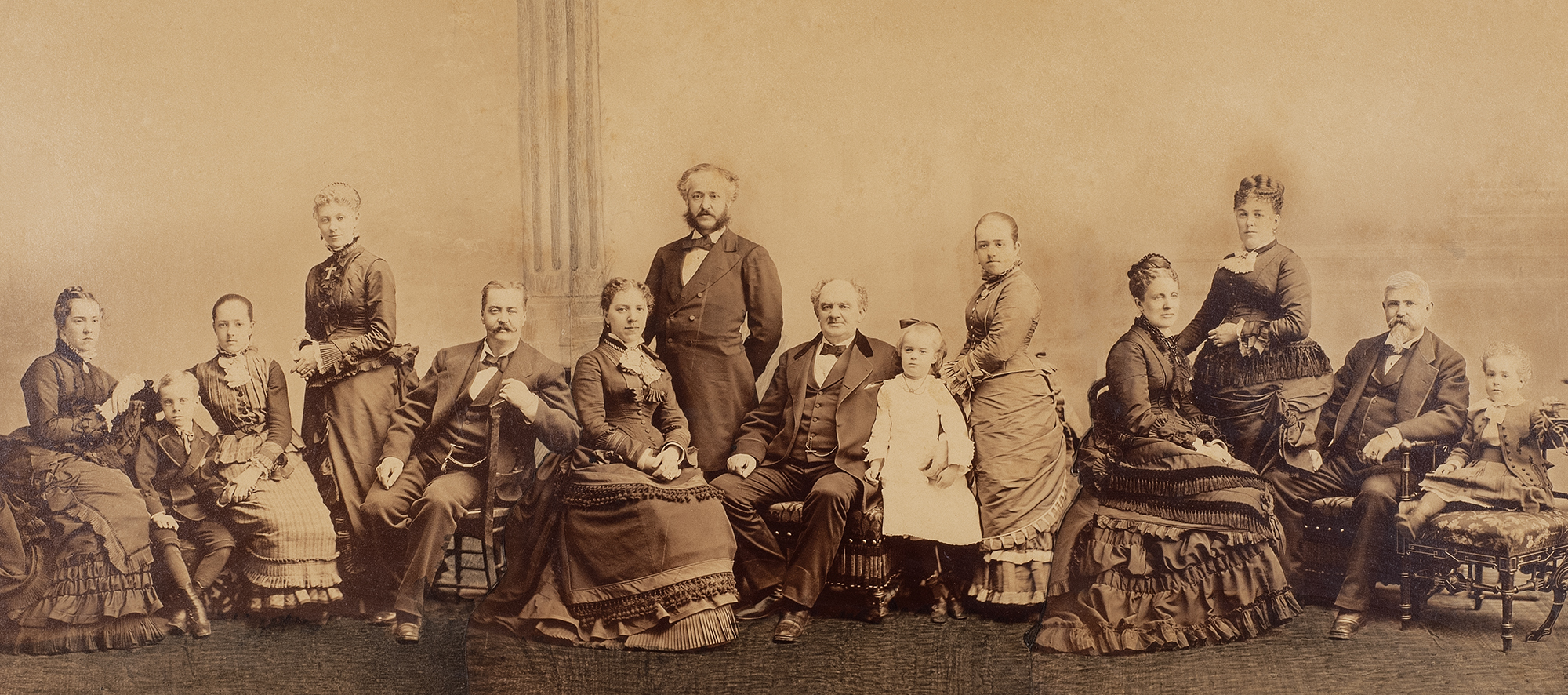
22. Barnum with Nancy and his children and grandchildren on his sixty-fifth birthday, in 1875. His youngest daughter, Pauline, third from right, would die in April 1877.
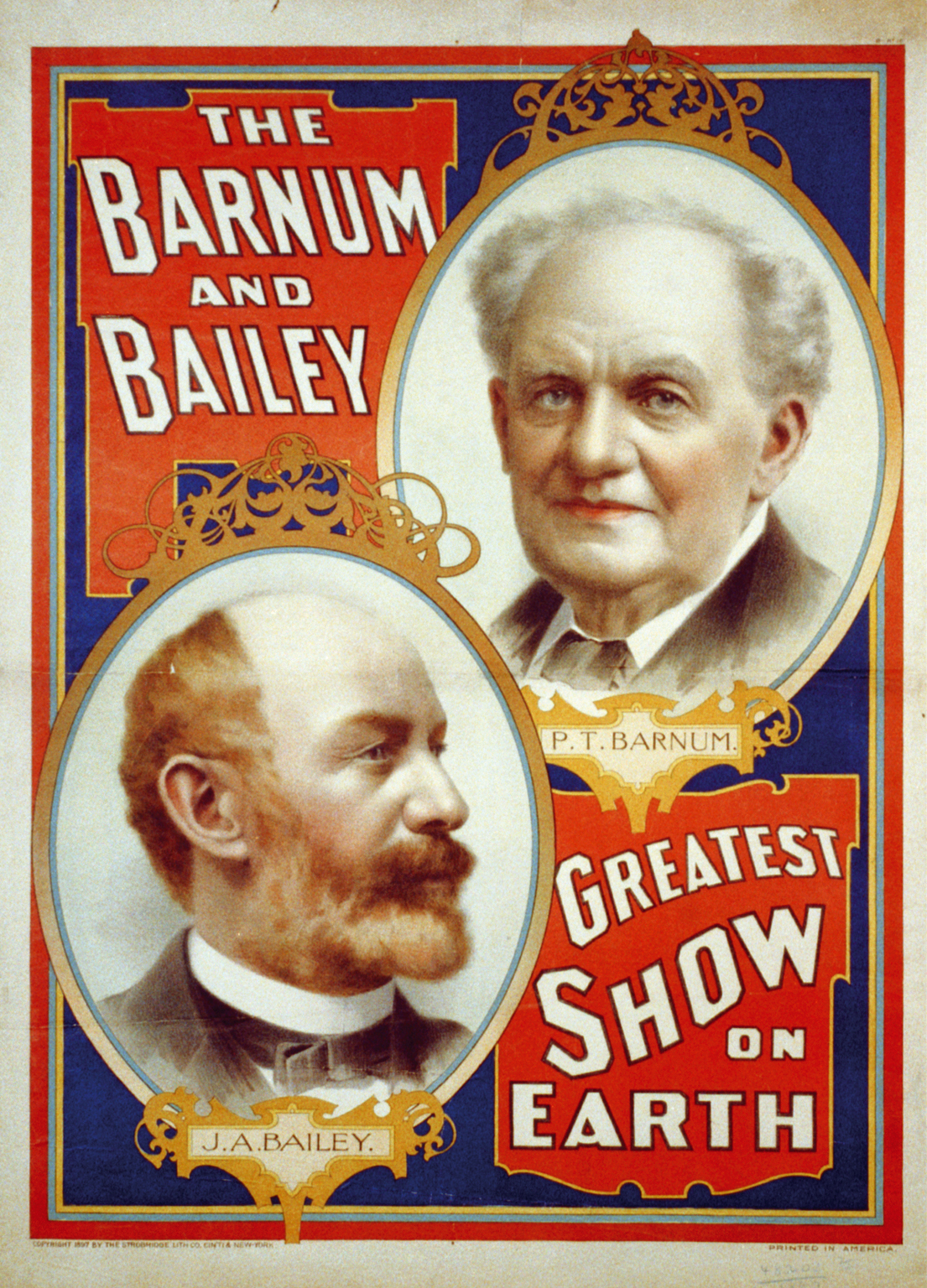
23. In 1880, Barnum joined forces with James Bailey and others. Eventually the two men realized that they complemented each other perfectly, and the Barnum & Bailey Circus was born.
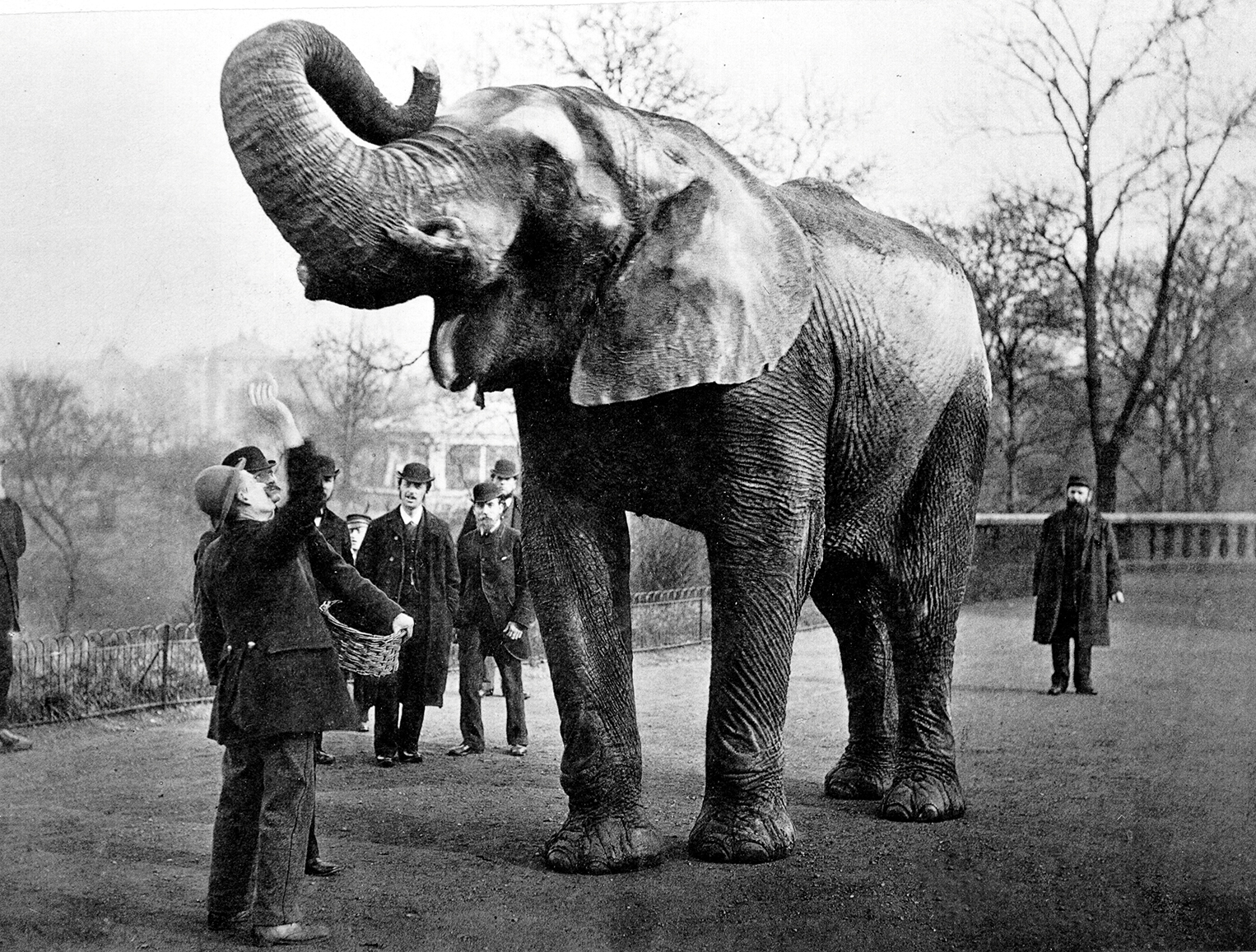
24. Barnum had for years wished to display a favorite of British schoolchildren, Jumbo the elephant. In 1882, despite protests from Queen Victoria and many of her subjects, Barnum acquired the great beast and shipped him to America.
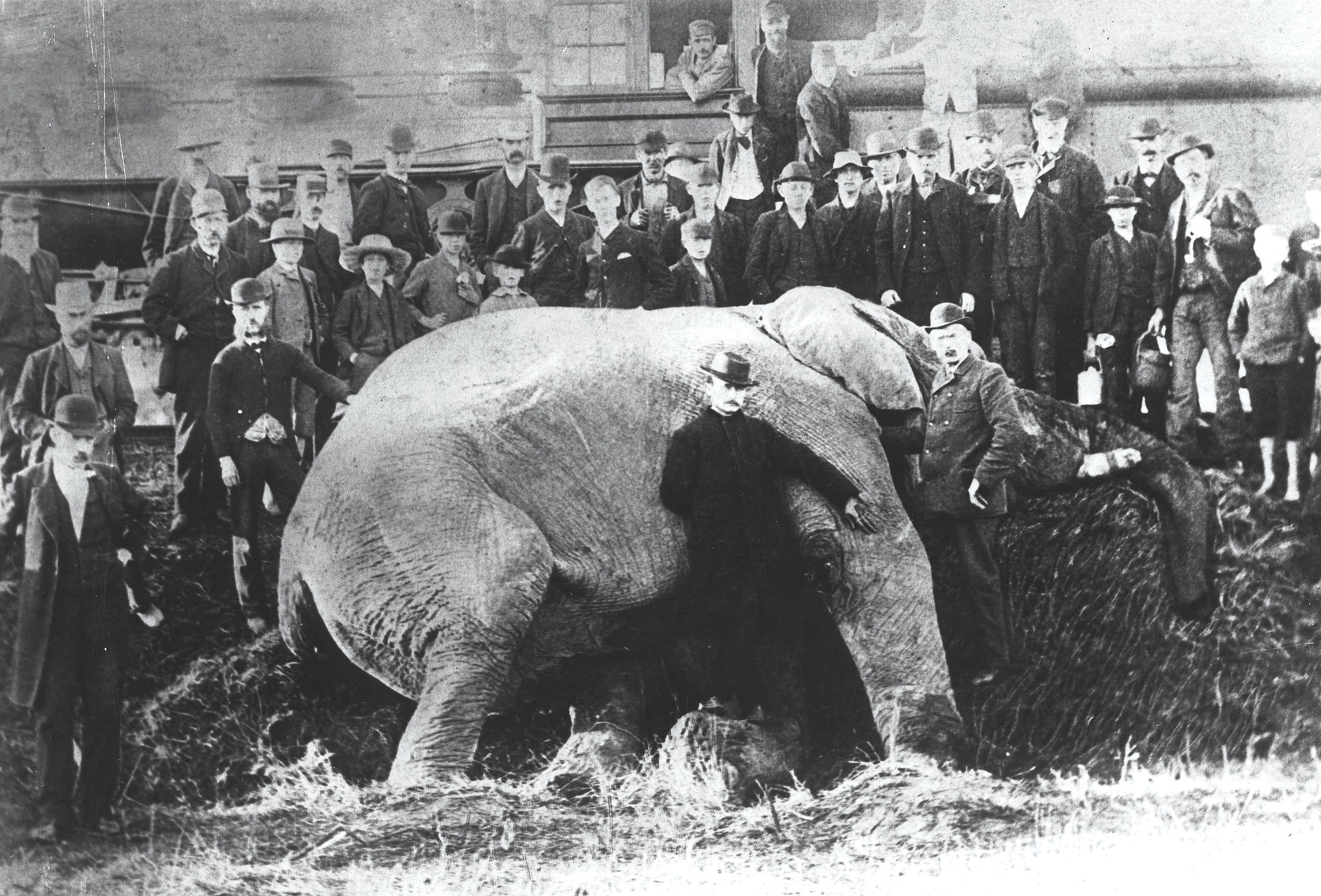
25. Jumbo was Barnum’s last big national sensation on the order of Tom Thumb and Jenny Lind. But in 1885 Jumbo was struck and killed by a freight train, and was mourned around the world.

26. Undaunted, Barnum put both the stuffed hide of Jumbo and his skeleton on display, the latter depicted here in a poster for his first Greatest Show on Earth.
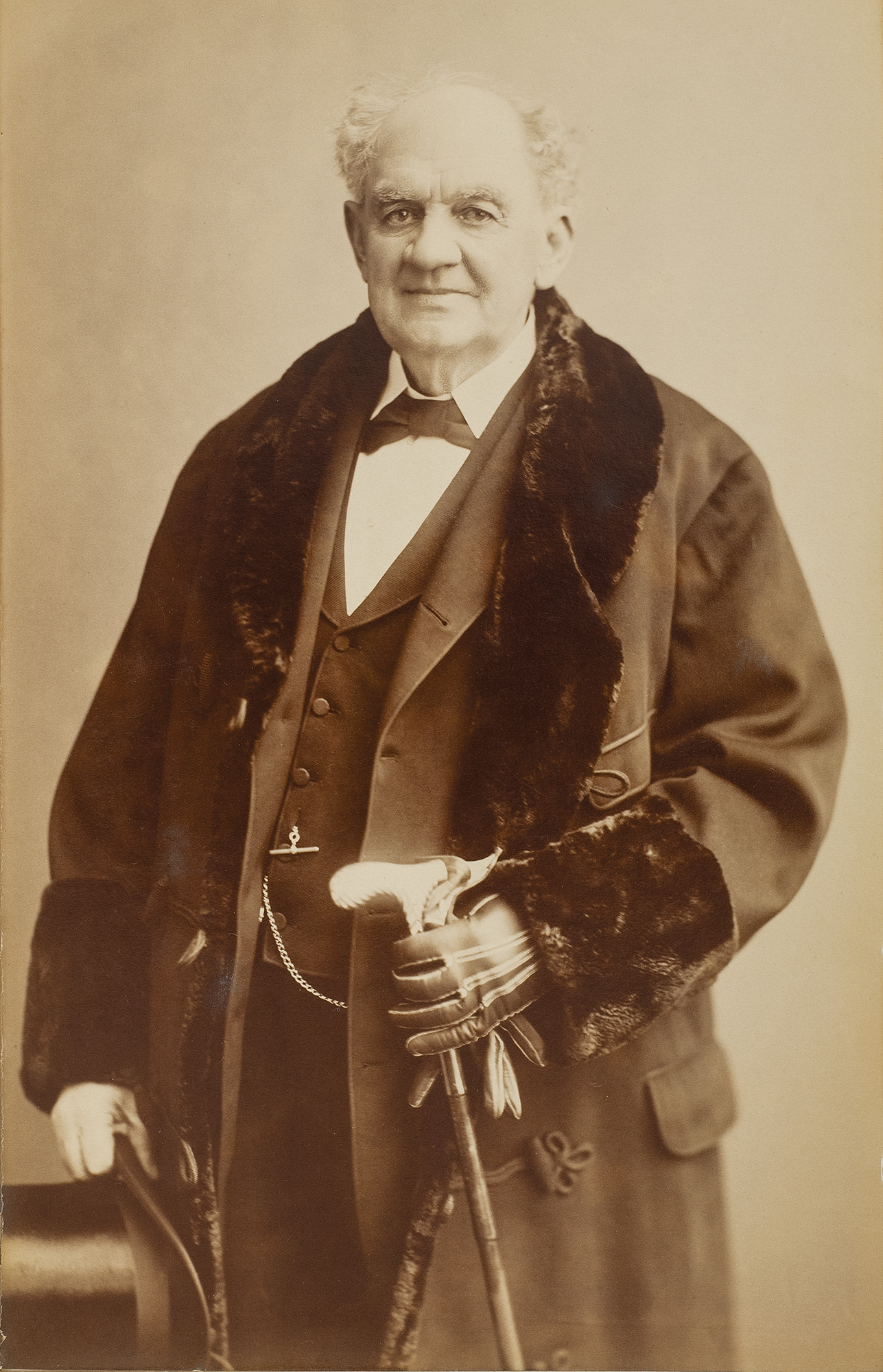
27. The picture of prosperous old age, taken in the late 1870s, at a time when Barnum had begun to give away parts of his vast wealth.
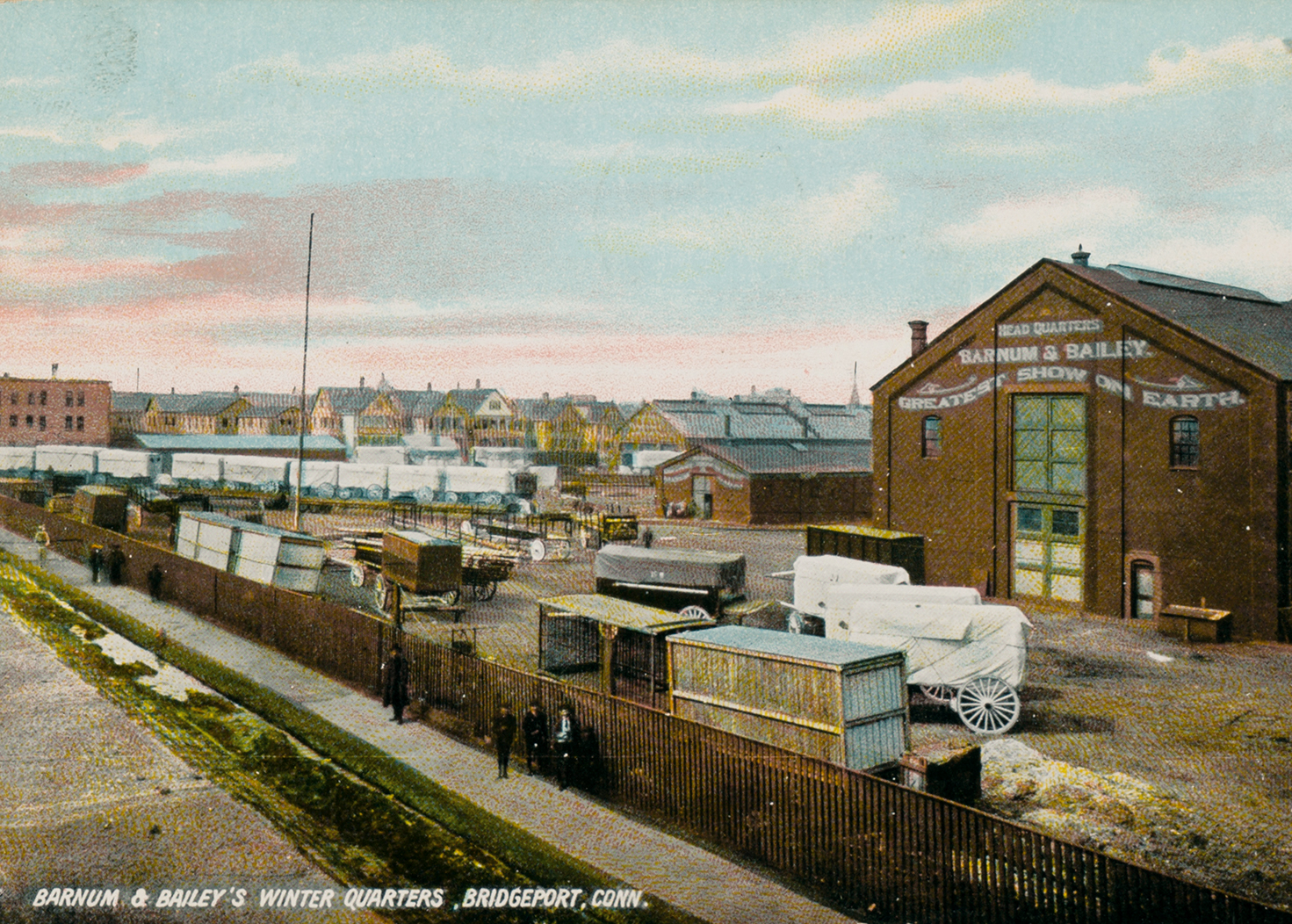
28. A postcard of Barnum & Bailey’s Winter Quarters in Bridgeport. The showman’s fifth and final devastating fire occurred here in November 1887.
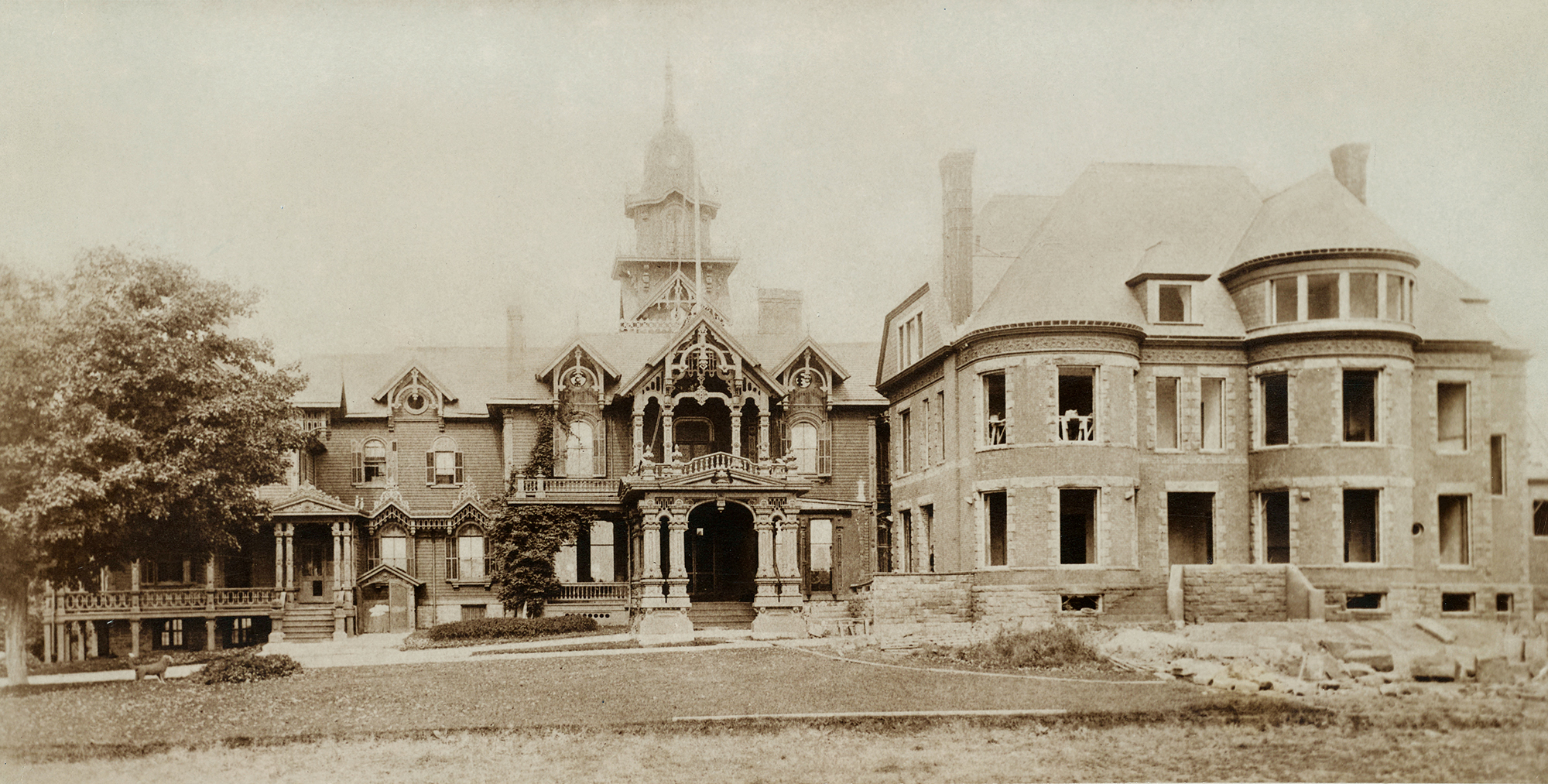
29. Barnum built Marina (right), the last of his four mansions in Connecticut, just a few feet from his previous home, Waldemere, which was torn down when the new house was completed in 1888. Barnum gave Nancy the deed to Marina.

30. This poster for his final hurrah in London at the vast hall called Olympia shows both Barnum and his partner Bailey, but mentions Bailey only in small type.
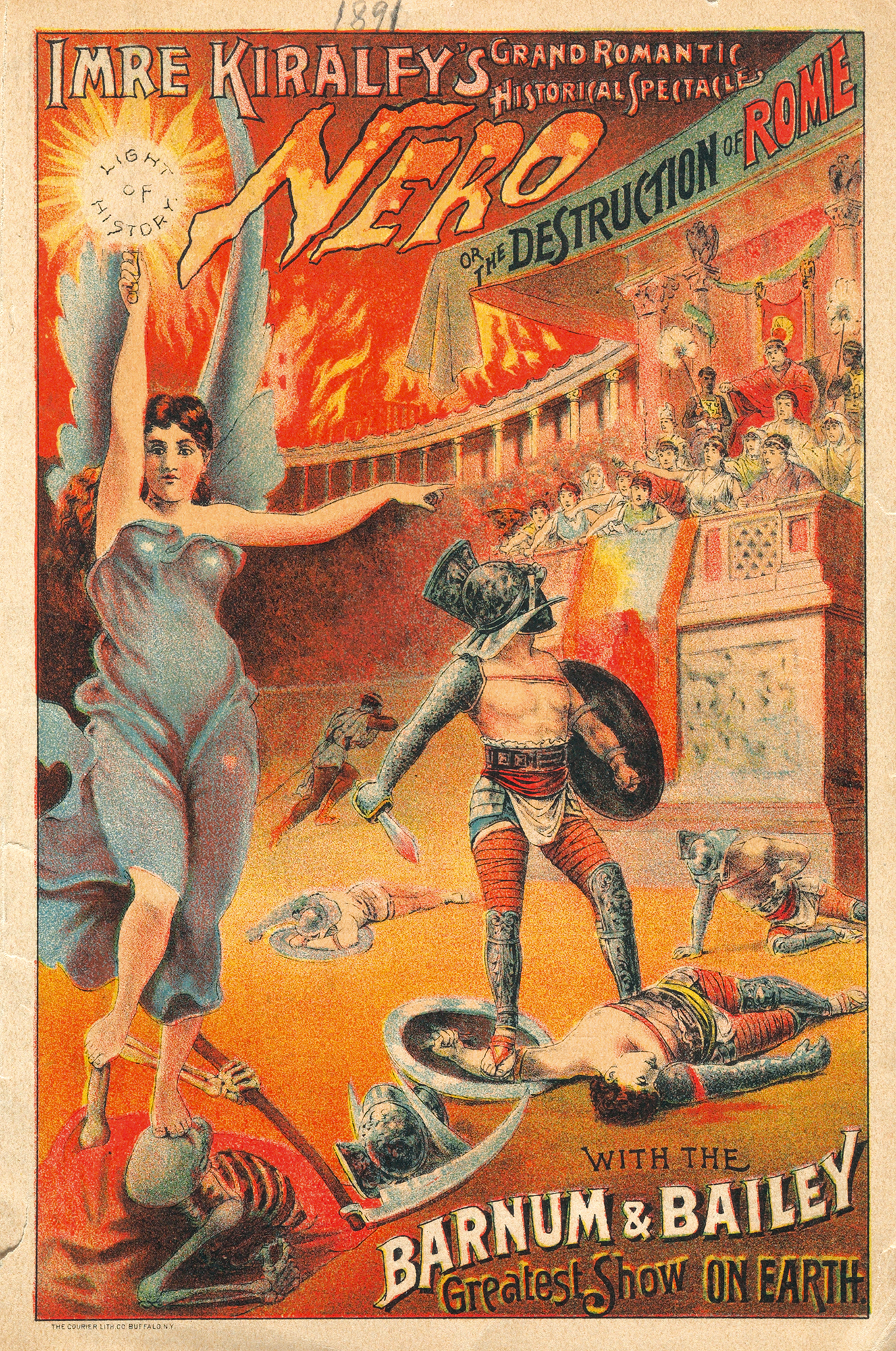
31. The cover of a pamphlet about the spectacle created by Imre Kiralfy called “Nero, or the Destruction of Rome,” which featured 1,200 players and was the grand finale of the Olympia show.

32. Barnum and his beloved great-grandson, Henry Rennell, who was born in 1884. As Barnum got older, he styled himself “The Children’s Friend.”